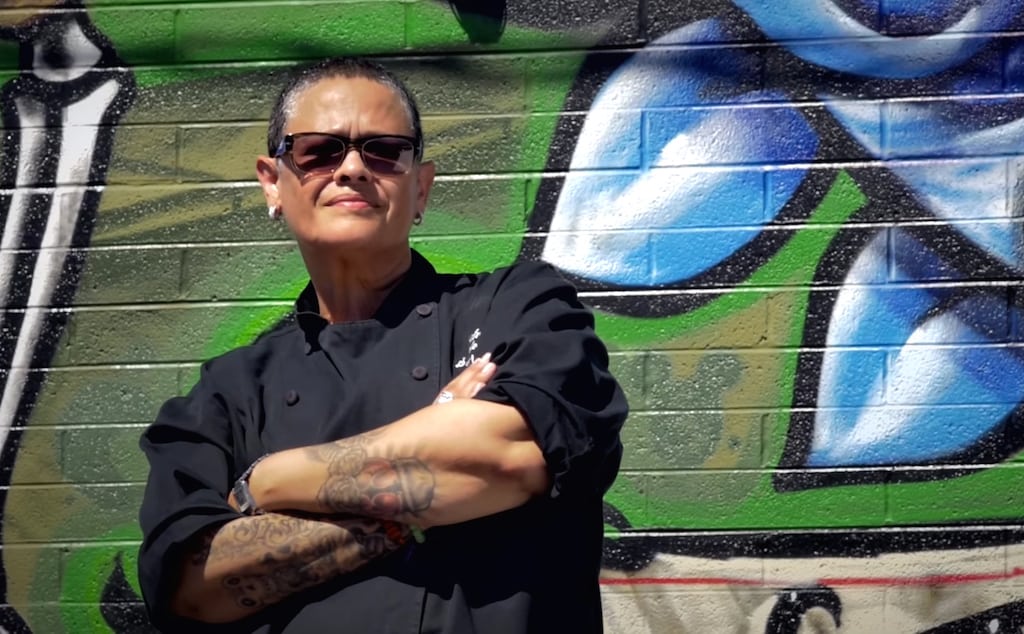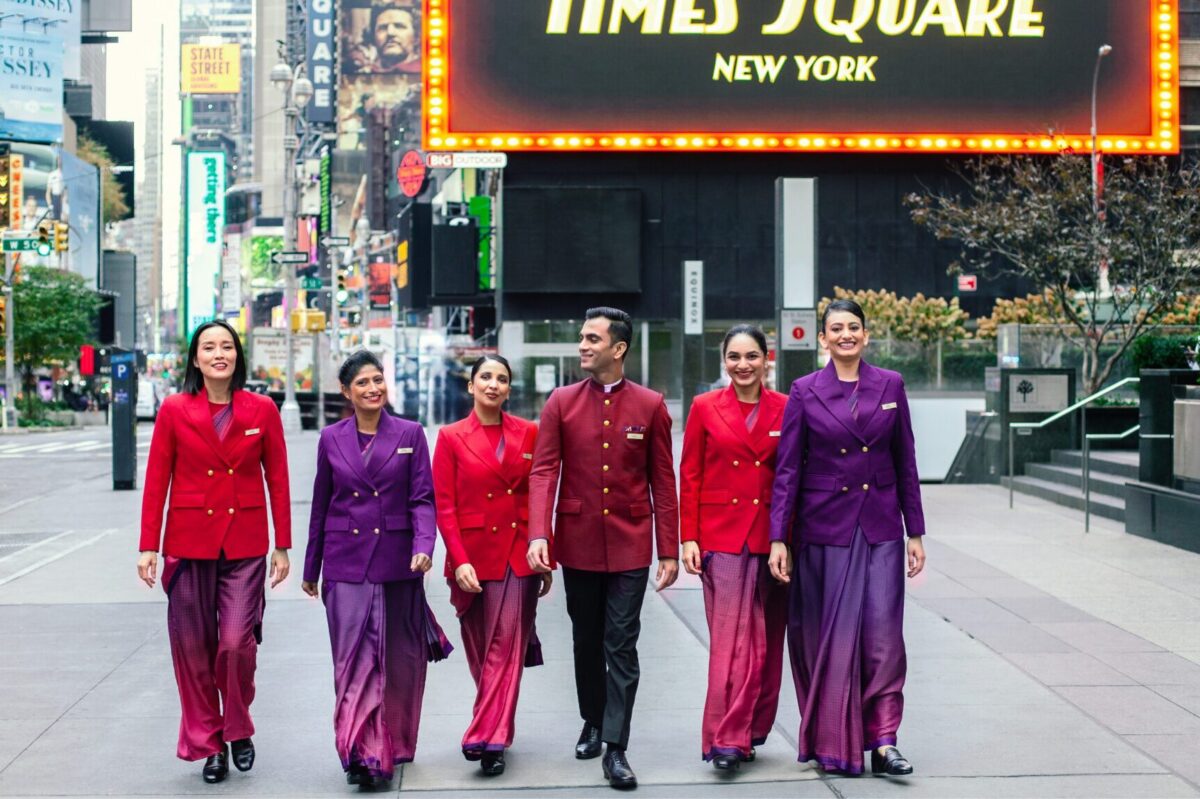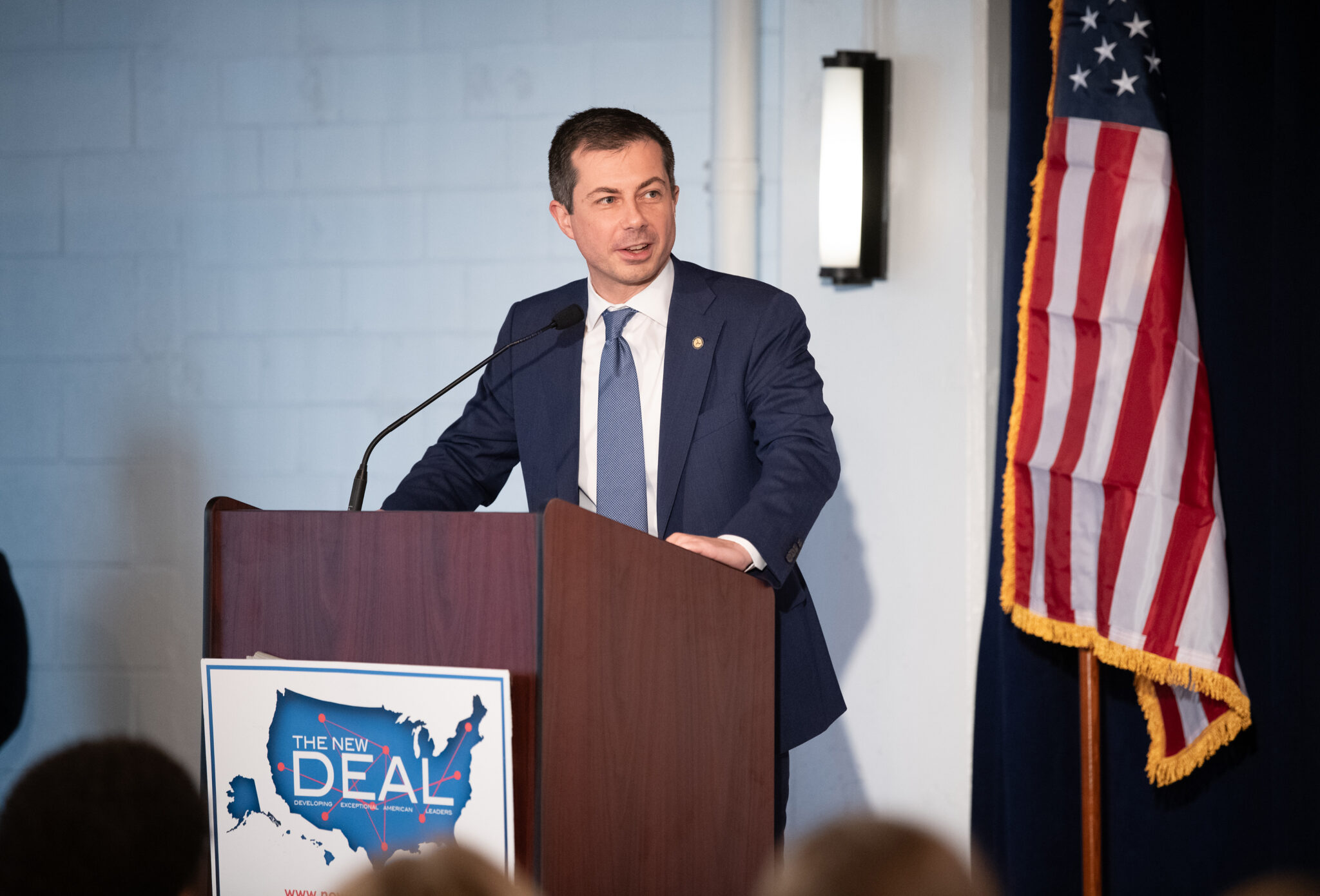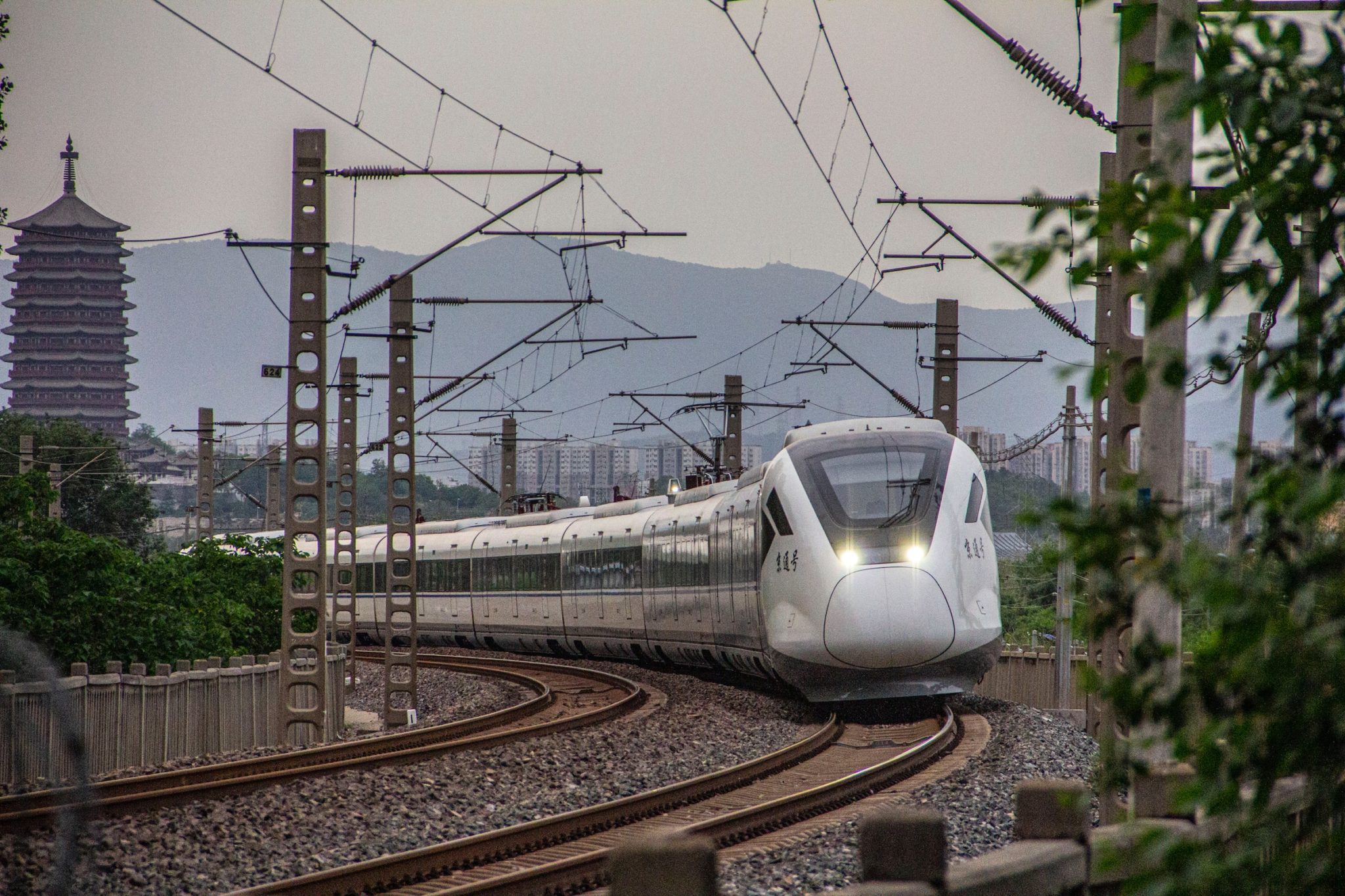Visit Phoenix CEO on How Conventions Drive Downtown Development

Skift Take
Downtown Phoenix illustrates how the convention industry can drive the successful redevelopment of an entire urban core in a major city.
In 2002, the Arizona State Legislature approved funds to expand the Phoenix Convention Center in an effort to spark economic development following 9/11. The $600 million project almost tripled the size of the facility to 868,000 square feet of rentable space, making it one of the 20 largest convention centers in the U.S when it opened in January 2009.
The cities of Phoenix, Tempe, Mesa and various statewide business groups then lobbied for state funds for the construction of a 20-mile light rail system, connecting the convention center and Phoenix Sky Harbor International Airport. The city also developed the 1,000-room Sheraton Phoenix Downtown Hotel, which, after losing money during the recession, no longer requires municipal subsidies and could be sold to private investors in the short term.
The Sheraton opened two weeks after Lehman Brothers crashed in September 2008. The Metro Light Rail launched a month before the newly expanded convention center, just as the meetings industry was beginning to encounter the steep drop in bookings due to the global recession.
Convention business has increased steadily coming out of the downturn. For 2015, the Visit Phoenix convention sales staff booked 65 meetings and conventions with an estimated attendance of 248,000 delegates. That’s up from 57 events and 203,000 attendees in 2014. Those totals do not include events sold by the convention center sales staff or third parties.
More importantly, downtown Phoenix is now a thriving area that continues to expand with a creative mix of commercial, academic and residential development. A decade ago, downtown Phoenix was dormant. This year, Phoenix ranked 11th on Forbes’ list of fastest-growing cities in America, and it’s projected to be the fourth largest U.S. city by 2020.
According to Steve Moore, president and CEO of Visit Phoenix, the biggest reason behind the success of downtown is the collaboration between private and public entities in the city. Most notably, the development of Downtown Phoenix, Inc. in 2013 helped coordinate the efforts of the Downtown Phoenix Partnership, Phoenix Community Alliance and Downtown Phoenix Community Development Corporation.
We spoke with Moore to dive into the collaboration between city management and business tourism development that has redefined the convention industry in the American Southwest.
Skift: Take us back to 2009, which was a big turning point for downtown Phoenix. What was the role of Visit Phoenix in the development of the urban core after the new convention infrastructure came online?
Steve Moore: The convention center was the catalyst for the rebirth of downtown, along with the light rail and the Sheraton Downtown hotel all coming out around the same time. There was also the growth of the Phoenix Biomedical Campus downtown, and Arizona State University was blooming. Then along came the Westin Phoenix Hotel, as well as the Palomar Hotel, and this huge entertainment complex called CityScape.
The convention center expansion would not have happened without the leadership from the business community. But then I had a meeting with some business leaders downtown and my concern was that we needed to engage the Millennials. We needed to have people in their twenties come in and help us design what downtown was really going to look like. We believed that if downtown Phoenix didn’t have authentic, unique investments by Millennials, it was not going to have a long future ahead of it.
Early on we realized it had to be organic. It needed to be young. There needed to be a vibrant community of local Millennial thought leaders to attract individual small businesses and people of all ages to move into the downtown.
Skift: What has been the role of the bureau to support that kind of organic, authentic development in the downtown district around the convention center?
Moore: There are numerous vehicles. First of all, it’s about going to the leadership of the business community, the city, the mayor, city council, and making sure that we’re working in concert together. Together, we created a new organization, Downtown Phoenix, Inc., a little more than two years ago. The vision was to merge the Phoenix Community Alliance and Downtown Phoenix Partnership to create a larger over-reaching organization with a larger footprint in downtown, that can allow for the creation of districts and tax incentives. It was also created to facilitate mixed use development for affordable housing, as well as understand the demand and growth of commercial real estate downtown and housing on all different levels.
There was a concerted effort among all of us that embraced the goal of the Phoenix Biomedical Campus and Arizona State University to move campus dormitories and different schools to downtown. So now we see 11,000 students going to school everyday along with about 65,000 employees in buildings downtown. That is helping support the huge emergence of individually-owned, locally-owned restaurants, bars and other businesses that created a really powerful vibe that we didn’t have before.
Skift: The national media has recognized the development of Roosevelt Row in particular, with regard to how cities should develop an organic community of local residents. Why has it been so successful?
Moore: Roosevelt Row is amazing. There’s an organization called Local First Arizona that supports local organizations. That is a group that has been very active in the downtown to ensure that we have an authentic footprint that is going to remain relevant moving forward. Roosevelt Row was in USA Today, as one of the 10 best neighborhoods that visitors have yet to find, and one of the 10 best city arts districts. It really is one of the great downtown districts in America.
Skift: What was the motivation behind the development of Downtown Phoenix, Inc.?
Moore: There were several different organizations doing the same thing, and Downtown Phoenix Inc. helped create a united organizational structure and strategy. We are the organization that brings visitors in from out of town. We’re the brokers of the convention center; we bring meetings and conventions here. Downtown Phoenix Inc. builds the community of downtown in reverse, through residents and business owners who are already here.
It’s a body of voices, including the Warehouse District and all of the historic districts from Roosevelt Row to Grand Avenue. We were a founding supporting member of the Downtown Phoenix Inc., and I’m on the board of directors. I meet with their CEO often, and he himself is on my board of directors, so there’s a lot of collaboration going on.
We are also a major sponsor of Downtown Phoenix, Inc., and we support the organization with our social media platforms on Facebook and Twitter. We have a pretty good following, we have a lot of traffic on our website. We use a lot of their content to promote the city, and being able to access very esoteric information at the street level that only they maintain is a great resource. Conversely, they also use information from our organization, such as our convention calendar, videos and travel guides.
Skift: How important is it having the research universities downtown close to convention groups?
Moore: It’s been a tremendous working laboratory next door. The Society of Critical Care Medicine was in just before Super Bowl. They were using the robotic cadavers over there at the biomedical facilities. We also have a genomics research team that’s over there. We had gone to them early on, way back in the early 2000s when they were coming up, and we were building the convention center. We began the relationship to lure different societies and organizations to Phoenix, who could come and have a convention right next door in our own 26-acre campus next to the Phoenix Biomedical Campus, which has another 28 acres of land downtown.
Arizona State University is adjacent to that, with more research facilities. So what you really have is a huge campus of continuing adult education research, as well as a student university. Arizona State University has the largest student body enrollment in the United States with over 80,000 students. And having 11,000 of them downtown has been a tremendous asset, because it brings the youthful vibrancy that attendees to at conventions seek when they’re going to a destination. They want to see it alive at all hours.
Skift: Because the resorts on the periphery of Phoenix are so well known, and downtown Phoenix is not, what are the perception challenges to attract large conventions?
Moore: We have one of the finest resort collections in America. We’re very, very proud of that. The perception in the past was that we’re a desert and we only have a lot of resorts. The reality of it is when meetings planners get here, they see a very tight working campus scenario downtown. Seeing truly is believing. When we get planners on the ground here, we typically get conversions of just about 60%.
Skift: Can you provide an example of how flying people into Phoenix has converted business?
Moore: The first essential component, or recipe for success in meeting downtown west of the Mississippi River, is for locals to embrace it as well. So it isn’t just all about getting the visitors here. The concept that you just build it and they will come doesn’t necessarily make sense. You have to have a lot of things around to make everything work together successfully.
Our focus on converting visitors, of seeing is believing, began in 2009 when we opened the convention center with the NBA All Star Game. Then we had the 2011 Major League Baseball All Star Game. When they left town, they said that this was the tightest package that they have ever worked with for one of these large events. We then subsequently hosted the Super Bowl this year, and now we have the College Football Playoff championship, and then we have the NCAA Final Four.
All of those are back to back to back within 26 months, and all were or will be headquartered in downtown Phoenix. Now, of course, the games are being played in the stadium in Glendale, but Super Bowl Central and the NFL Experience were downtown. It became an urban event when it was here, as are the College Football National Championship and the Final Four.
No city has ever hosted these three major mega sporting events back to back to back. That’s very unique, and it’s because they came here and they saw it. When we first asked the NFL to think about doing the NFL Experience in downtown, they about turned me out of their office.
But fortunately I was co-chair of that event both in 2008 and 2015. Because of their experience in Indianapolis in 2012, the NFL was open to making an urban experience, and they did so. But you can’t do that in a downtown that doesn’t have the space capacity, transportation, the street capacity, as well as restaurants and hotels. We did some things in a very visible manner, so when you watch the Super Bowl, Final Four and the college football championship game, and it’s all happening in Phoenix, people are saying, “Hey, wait a minute, what’s going on there?”
Skift: With regard to Millennials, how is the convention attendee experience evolving in the last two to three years in terms of how they’re using the downtown.
Moore: Millennials are looking at the experience of the destination when they come. You see a lot of people—let’s just say that they’re not so much into the golfing thing—but maybe they’re more into hiking and sustainability. It’s amazing to see how Millennials want to go and look at things that are urban and sustainable in an authentic way. They want a place to be walkable, they want to encounter placemakers and shareable moments. Their behavior shows how destinations will need to build convention attendance in the future, so your downtown has to appeal to today’s Millennial. The experience of the authentic place seems to be more important for them than it has been in the past two generations.
We celebrate local multicultural vibrancy in this community. Let me give you an example. Murals. We have some very authentic and great art on our murals that are near downtown, and we definitely support individuals who are champions of diversity, champions of the new era.
Here’s another example. Chef Silvana is a lady that grew up outside of El Paso and Juarez and ended up moving to California with her family working as migrant farmers. She ends up coming here about 20 years ago, and she’s made a name for herself at Barrio Café. Now she’s moving into another space, about 1,000 square feet over on Grand Avenue. There’s a great, great story about Silvana, and we think that she represents a lot about those people who contribute to our sense of place here.
Skift: The video you did with her (above) is one of our favorite DMO videos of 2015.
Moore: She’s an amazing lady.
Skift: How do you see the convention sector evolving in Phoenix moving forward?
Moore: The recession showed everyone here how convention business can go away in a heartbeat. It created a greater appreciation of the meetings industry, and particularly the value of targeting the knowledge industries.
One of the things that we did early on here is understand what industries the city and state are looking to develop, and then we zoned in on meetings and conventions related to those sectors. That could be aerospace, technology, alternative energy, solar, whatever it may be. We go to those organizations and lure them to have their meetings here in Phoenix, so that they have direct exposure organically to this community to see the business opportunities that they can align themselves with, just by having a meeting here.
We’ve been pretty successful with that, in concert with the city, and the medical community, and the hotels. It’s a team effort. You’ve got the American Telemedicine Association, the American College of Allergy, Asthma and Immunology. We’ve got the American Association for Laboratory Animal Science in town right now. There’s the Materials Research Society, and we just had an electrical chemists event in town. We have agronomy, genetics and genomics, biomedical engineering, health care engineering.
When you get these sort of aspirational knowledge industries coming to your community, it’s a lot easier to get the business community engaged in what you do. You create that synergy with your business leadership and the top leaders of those different sectors of the economy that convene in our destination. It’s made for some great partnerships.
Skift: Is there ever a question about a destination marketing organization like Visit Phoenix overstepping its bounds too much into economic development?
Moore: Some folks say we should be doing this, or we should be doing that. No, there’s no silos, you can’t have silos. It’s very helpful to reach across the street to get something, or give something to someone else. We’ll do the work so our partners are proud to bring their industries here.
Subscribe to the Skift MeetingsIQ newsletter for marketing, strategy and tech trends in the meetings and events sector.




